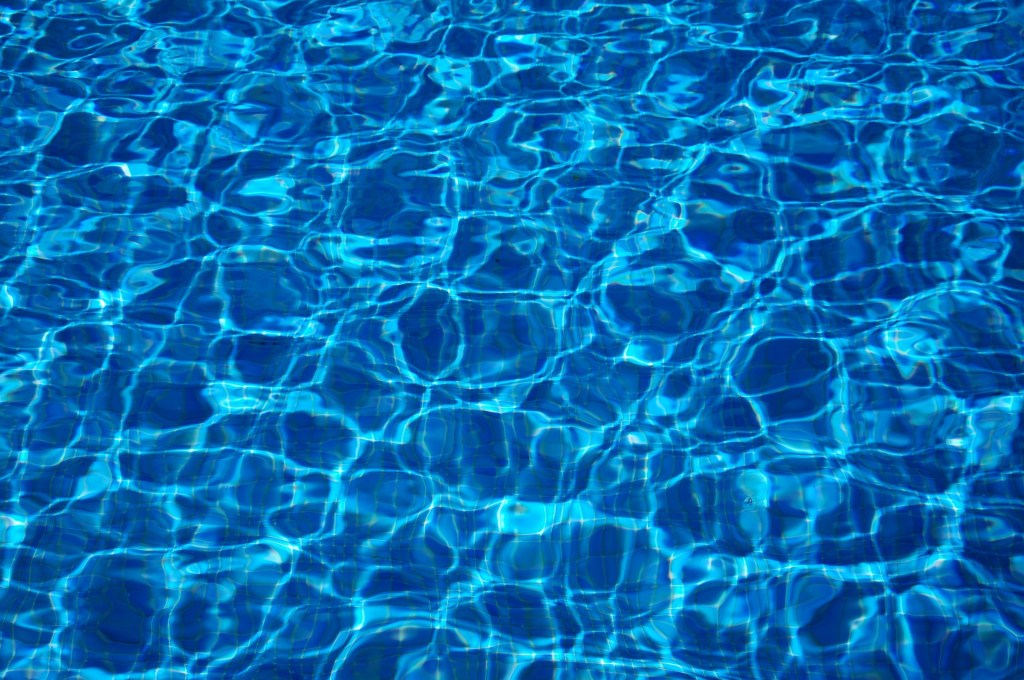The term “dry drowning” or “secondary drowning” has recently appeared in the media as a cause of injury and death. CNN recently defined the terms as a situation when “someone inhales water into their lungs but isn’t affected until after the person has left the water they were swimming in. This causes the heart to slow and lungs to swell as the swimmer’s blood oxygen level drops. This can lead to cardiac arrest.”
Assemblywoman Angela V. McKnight even recently sponsored a bill to declare the month of June “Dry Drowning Awareness Month” in New Jersey.
The aquatics industry, however has been trying to discourage the use of these terms. In an article that recently appeared in Emergency Room News, Seth Hawkins, M.D., medical director for the Starfish Aquatics Institute, along with Justin Sempsrott, M.D., and Andrew Schmidt, DO, MPH, report that there are no medically accepted conditions known as near-drowning, dry drowning or secondary drowning. The document goes on to state that a number of health and safety organizations, including The World Health Organization, the American Heart Association, the American Red Cross, and the U.S. Centers for Disease Control and Prevention all discourage the use of these terms.
The authors found that these terms are most pervasive in the nonmedical press and social media, where the word drowning often is equated with death. Instead, they want to promote the idea of drowning as a process, with a spectrum ranging from mild to moderate to severe, with fatal or nonfatal outcomes. (e.g. someone who drowns and survives has suffered a nonfatal drowning.)
To prevent the spread of these terms, the authors believe that clinicians and researchers should highlight the dangers of drowning and the importance of prevention, and promote correct language that is easier for the public to understand. It’s further suggested that healthcare providers share modern drowning science and best practices with patients to reduce fear and prevent potentially deadly consequences due to misunderstanding or misinterpretation of incorrect terminology.
